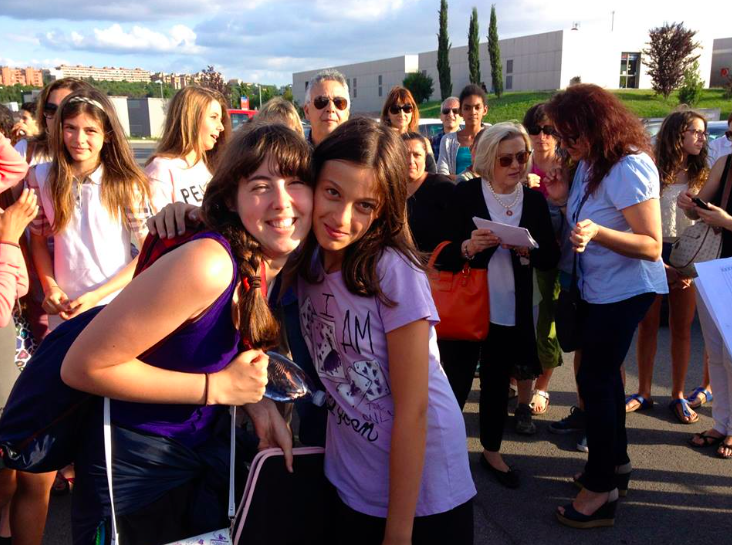"American Consumer Society." American Consumer Society. N.p., n.d. Web. 13 Aug. 2014.
Bakerjian, Martha. "How Is Christmas Celebrated in Italy?" About. Abouttravel, 2014. Web. 13 Aug. 2014.
Barrow, Mandy. "Greetings - Manners and Etiquette." Greetings - Manners and Etiquette. N.p., 2013. Web. 13 Aug. 2014.
Beam, Cris. "The Changing American Family." Parents Magazine. Parents Magazine, n.d. Web. 10 Aug. 2014.
"HISTORY OF ITALY." HISTORY OF ITALY. N.p., n.d. Web. 13 Aug. 2014.
"History of Pasta." The History of Pasta. IPO, n.d. Web. 13 Aug. 2014.
"Italy - Language, Culture, Customs and Etiquette." The Translation Agency For A Complete Professional Translation Service. Kwintessential, 2013. Web. 11 Aug. 2014.
"Italy Internet Usage and Telecommunications Report." Italy Internet Usage and Telecommunications Report. N.p., n.d. Web. 13 Aug. 2014.
"Italy Religion Stats: NationMaster.com." NationMaster.com. NationMaster, 2014. Web. 13 Aug. 2014.
"Italy's Cultural Influence Is Evident in Our Language." Auburn Citizen. N.p., 03 Dec. 2012. Web. 13 Aug. 2014.
"Newswire ." Mobile Majority: U.S. Smartphone Ownership Tops 60%. MOBILE MAJORITY: U.S. SMARTPHONE OWNERSHIP TOPS 60%, 2013. Web. 13 Aug. 2014.
Patriarca, Alessandro, Gabriella Di Giuseppe, Luciana Albano, Paolo Marinelli, and Italo F. Angelillo. "Abstract." National Center for Biotechnology Information. U.S. National Library of Medicine, 13 May 2009. Web. 13 Aug. 2014.
"Pet Statistics." ASPCA. N.p., n.d. Web. 12 Aug. 2014.
Polis, Carey. "Italian Wine Consumption Hits Record Lows." The Huffington Post. TheHuffingtonPost.com, 28 Oct. 2013. Web. 13 Aug. 2014.
"Smartphone User Penetration in Italy 2010-2016 | Forecast." Statista. N.p., 2014. Web. 13 Aug. 2014.
"Summary of Key Findings." Statistics on Religion in America Report. The Pew Research Center, 2013. Web. 11 Aug. 2014.
"Umbria Jazz - Umbria Jazz's Photos | Facebook." Umbria Jazz - Umbria Jazz's Photos | Facebook. Umbria Jazz Festival, 18 Apr. 2013. Web. 13 Aug. 2014.
"United States American History." United States American History. N.p., n.d. Web. 13 Aug. 2014.








